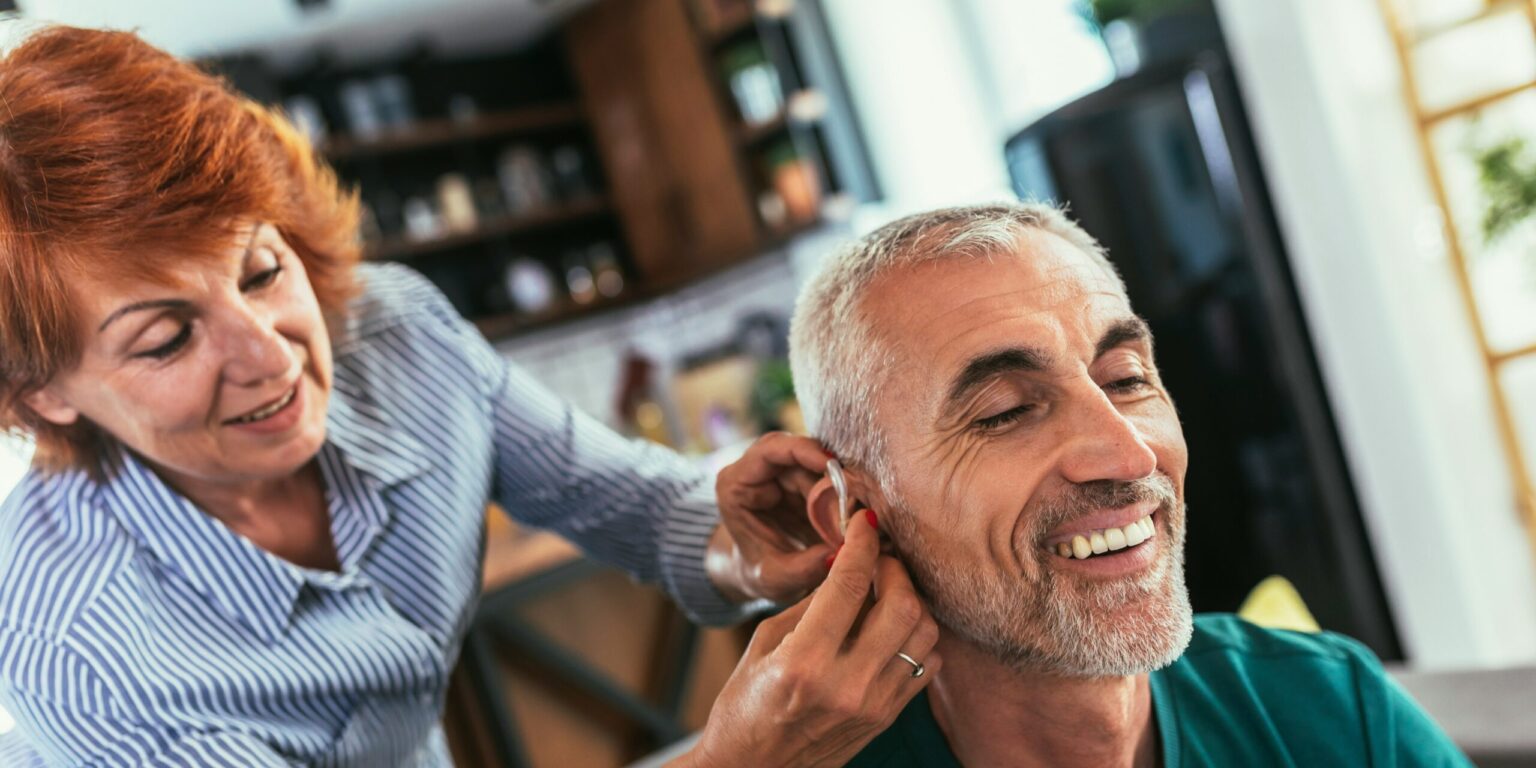As the season of festivals, fireworks, and live performances gains momentum, hearing specialists are raising alarms about the risks of prolonged exposure to loud noise. Whether attending concerts, firework shows, sporting events, or operating landscaping equipment, environments generating over 85 decibels pose a threat to hearing health—even in just minutes.
Many typical summer activities like outdoor concerts or fireworks often exceed 95 decibels and can surge as high as 140 to 150 decibels in the case of fireworks or jet engines. At just 100 decibels, damage to hearing can occur after 15 minutes. Even levels above 85 decibels, sustained over time, can cause cumulative damage. Noise-induced hearing loss occurs when delicate sensory cells in the inner ear are overstimulated and permanently damaged. Once damaged, hearing cannot be restored. The World Health Organization estimates that more than one billion young people globally are at risk due to unsafe recreational listening habits.
To protect against such damage, experts strongly recommend several key strategies. First, using appropriate ear protection is essential. High-fidelity or musician earplugs offer balanced sound reduction, allowing concerts to remain enjoyable while still providing protection. Foam earplugs are a more affordable option but can distort sound. For those frequently exposed to high-volume environments, custom-molded earplugs fitted by an audiologist offer superior protection. In cases of extremely loud noise—such as fireworks displays or motorsport events—combining earplugs with earmuffs provides an extra layer of defense.
Maintaining distance from sound sources is also critical. Standing farther from speakers, fireworks, or engines significantly reduces the intensity of noise exposure. The closer one is to a loud source, the faster hearing damage can occur.
Limiting exposure time and scheduling breaks are also effective preventative measures. Because sound damage is a function of both volume and duration, taking regular quiet breaks allows ears time to recover. For example, at most concerts, hearing can remain safe for only about five to seven minutes without protection.
Monitoring early warning signs of damage is another important step. Symptoms like ringing in the ears (tinnitus), muffled hearing, or difficulty understanding speech in noise may indicate early damage, often referred to as a temporary threshold shift. If symptoms persist, it’s important to seek a hearing evaluation. Adults aged 50 to 64 are advised to have hearing screenings every five years, and more often if symptoms or known risk factors are present.
A good rule of thumb: if you must raise your voice to speak to someone an arm’s length away, the noise is likely exceeding safe levels. Common summer activities and their typical sound levels include lawn mowing or weed trimming at 85 to 90 decibels, outdoor live concerts at 95 to 110 decibels, and fireworks finales or jet engines at 140 to 150 decibels. Noise above 85 decibels gradually risks hearing damage, while sudden sounds above 120 decibels may cause instant and permanent harm.
Raising awareness about these risks is essential, especially among younger audiences. Educational campaigns and tools like smartphone decibel meters can help individuals monitor their noise exposure in real time. Proper instruction on how to wear ear protection can also make a significant difference in effectiveness. Users who wear earplugs incorrectly often do not receive the full level of noise reduction promised on the label.
Noise-induced hearing loss develops painlessly and often goes unnoticed until it’s permanent. Prevention remains the best defense. Health officials emphasize that nearly 40 million U.S. adults are at risk of hearing loss due to noise exposure, and millions more report experiencing tinnitus or temporary hearing issues following loud events.
By taking simple but effective measures—using hearing protection, maintaining safe distances, taking breaks, and staying alert to symptoms—Americans can continue to enjoy summer’s loudest moments without compromising long-term hearing health.
